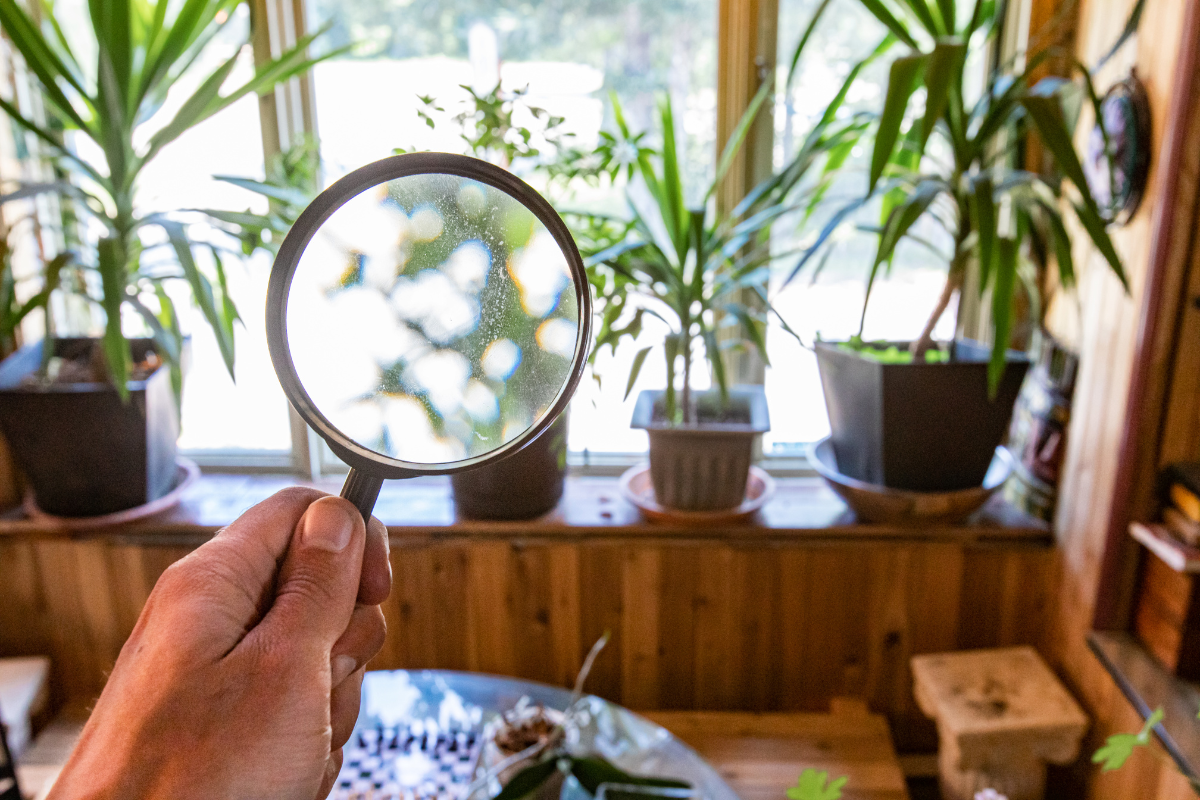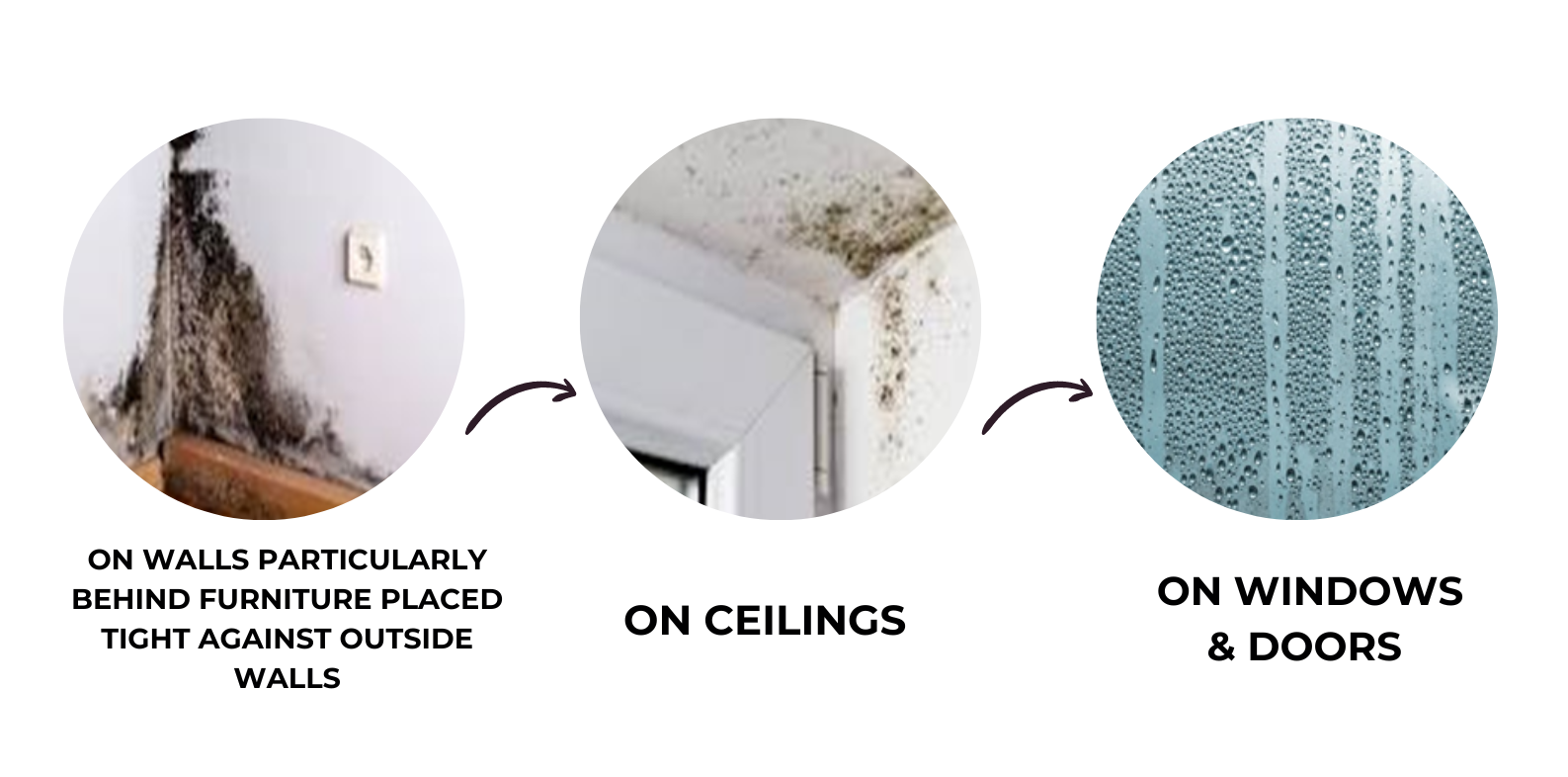
Understanding and Combatting Black Mould and Damp in Your Home
At ACH, we recognise the importance of providing safe and comfortable living environments for our tenants. One common issue that can affect the quality of your home is the presence of black mould and damp. In this blog post, we'll explore what causes black mould and damp, why it's important to tackle them, where they occur and provide some practical tips to help you reduce and prevent their occurrence in your home.
What causes black mould and damp?
Black mould and damp typically occur in areas where there is excess moisture and inadequate ventilation. This can happen for a variety of reasons, including:
*Leaking pipes or roofs: Even minor leaks can lead to the accumulation of moisture, providing the perfect breeding ground for mould.
*Condensation: This occurs when warm, moist air comes into contact with cold surfaces, such as windows or walls, and condenses into water droplets.
*Poor ventilation: Without proper airflow, moisture can become trapped indoors, increasing the likelihood of mould growth.
*High humidity: Certain activities like cooking, bathing, and drying clothes indoors can release moisture into the air, raising indoor humidity levels.
Where does it occur?

New legislation | Awaab’s Law
In 2023, the government brought in new legislation, The Social Housing (Regulation) Act 2023, called Awaab’s Law, named after the two-year-old boy who needlessly died from living in a home badly affected by black mould.
The new legislation requires landlords to address damp and black mould problems within a specified timescale. Inspection must be completed within 14 days, and work must commence within 7 days after that.
This means that our support teams must be very efficient in handling and logging damp and black mould complaints on our systems to ensure we comply with the legislation. For this reason, as soon as you notice black mould and dampness in your home, immediately contact your housing officer.
Tips to reduce and prevent black mould and damp:
Now that we understand the causes and consequences of mould and damp, let's explore some practical steps you can take to combat these issues in your home:
*Keep your home well-ventilated: Open windows and use extractor fans when cooking or showering to allow moisture to escape.
*Fix leaks promptly: If you notice any leaks or water damage, report them to your housing officer as soon as possible.
*Clean and dry surfaces regularly: Wipe down countertops, walls, and windowsills regularly to remove any moisture or mould growth. Be sure to dry wet surfaces promptly, especially in bathrooms and kitchens.
*Avoid drying clothes indoors: Whenever possible, hang wet laundry outside to dry or use a tumble dryer with proper ventilation to prevent excess moisture build-up indoors.
By following these simple tips, you can help create a healthier and more comfortable living environment for yourself and the other individuals you share the house with. Please remember tackling mould and damp requires a proactive approach from both residents and our maintenance team.
If you have any concerns or questions about mould and damp in your home, don't hesitate to reach out to us for assistance. housing.bristol@ach.org.uk | 0117 954 0433
Also, you can fill out the form by visiting our website.
*For further information, please check the Government’s guidelines.